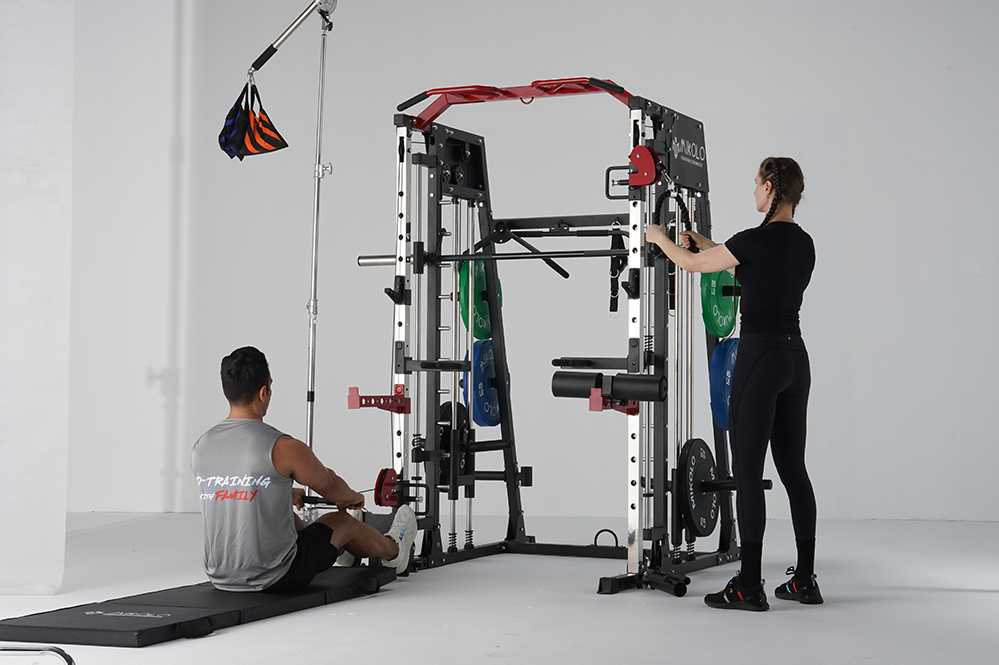When it comes to upper body strength and aesthetics, few things stand out like a well-developed chest. Whether you’re chasing size, symmetry, or pushing power, having a structured chest workout plan is essential. This guide breaks down the essentials of a complete chest training routine—from foundational movements to progression strategies—giving you the tools to build a fuller, stronger chest.
Why a Structured Chest Workout Matters
Training your chest with intention goes beyond random bench presses. A chest workout regimen that includes a balanced mix of compound lifts, isolation exercises, and varied angles ensures full development across the pec major and minor. A good chest training plan improves pushing power, shoulder stability, and posture, and supports other lifts like overhead press and dips.
The Foundation of an Effective Chest Training Routine
An effective chest exercise routine typically includes these three types of movements:
-
Horizontal pressing: Bench press (flat, incline, decline) targets the middle, upper, and lower chest.
-
Vertical pressing and dips: Push-ups, machine presses, and dips further challenge the chest while engaging stabilizing muscles.
-
Fly movements: Cable, dumbbell, or pec deck flies isolate and stretch the chest for full contraction and development.
These components make up a complete chest workout that builds size and enhances muscle fiber recruitment.
Weekly Chest Workout Schedule
For optimal results, chest should be trained 1–2 times per week depending on your recovery and split. A sample chest workout schedule might include:
-
Day 1 (Heavy Press Focus)
Bench Press 4x6
Incline Dumbbell Press 3x8
Weighted Dips 3x10
Cable Flyes 3x12 -
Day 2 (Volume & Isolation)
Incline Barbell Press 4x10
Machine Press 3x12
Dumbbell Flyes 3x15
Push-ups to failure
This approach provides a full chest workout plan, hitting different muscle fibers and angles while supporting both strength and hypertrophy.
Personal Insight: What Made a Difference
When I hit a plateau in my own training, I realized my chest was being under-stimulated due to poor volume management and lack of variation. I added a second chest day each week with lighter loads and higher reps—focusing on the mind-muscle connection during fly movements. Within two months, my chest filled out noticeably, especially the upper portion which had lagged behind. The key wasn’t just lifting heavier, but lifting smarter.
Tips for the Perfect Chest Workout Routine
-
Prioritize progression: Track your weights, reps, and rest. Small improvements over time add up.
-
Mind-muscle connection: Especially in flyes or isolation moves—feel the stretch and squeeze.
-
Balance push and pull: Include back training to avoid imbalances.
-
Use a structured workout chart for chest: Having a visual or written plan keeps your efforts focused and helps avoid skipping key exercises.
Variations for All Levels
Whether you're just starting or an advanced lifter, your gym program for chest should adapt to your current level:
-
Beginners: Start with machines and dumbbells to master form.
-
Intermediates: Introduce barbells, dips, and tempo variations.
-
Advanced: Use advanced techniques like supersets, drop sets, and paused reps to increase intensity.
Having a well-thought-out routine for chest workout ensures progression without overtraining.
Final Thoughts
No one-size-fits-all approach exists, but a proper chest workout routine—balanced, progressive, and consistent—can transform your upper body. Whether you’re training for performance, aesthetics, or both, following a smart workout plan chest strategy will keep you on track.
Start with intent. Train with structure. Build with purpose. And let your results speak for themselves.












































Leave a comment
This site is protected by hCaptcha and the hCaptcha Privacy Policy and Terms of Service apply.